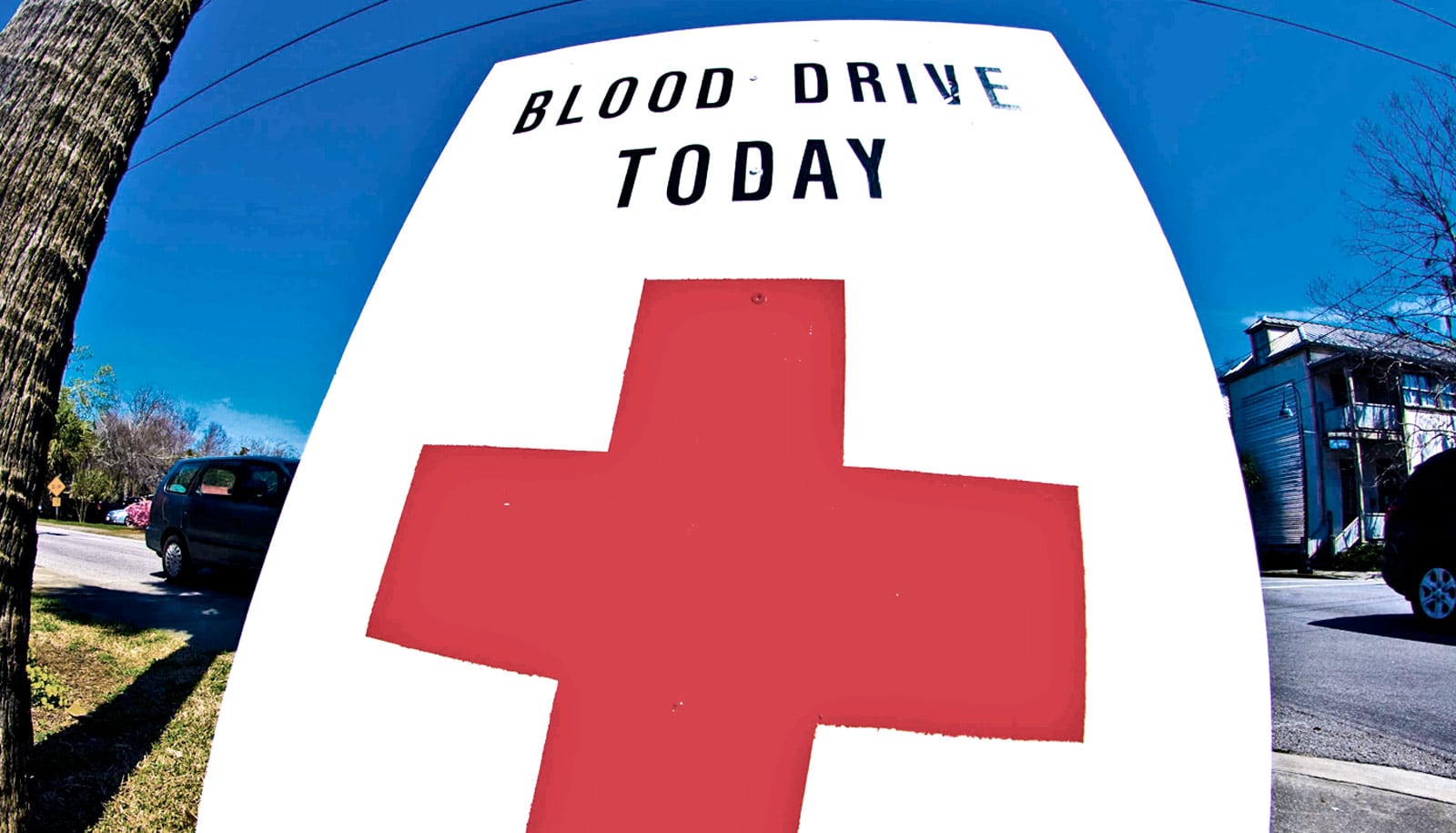Medical mistrust is a significant barrier to blood donation among minorities, research finds.
Better community education and communication are critical for increasing levels of blood donation among minorities, according to the new study.
Nursing associate professor Regena Spratling in the Byrdine F. Lewis College of Nursing and Health Professions at Georgia State University and her colleagues in the Georgia Southern University School of Public Health conducted the first systematic literature review of research on barriers and facilitators among minorities with blood donations.
Lack of explanation to minority donors when they are turned down to being a donor is also a factor. For example, potential donors found to have low hemoglobin may believe that permanently bans them from giving blood when in fact they may be eligible later if they eat a healthy diet and drink plenty of fluids. Better education by healthcare providers working with these donors can reduce this barrier, the researchers say.
Knowing a blood transfusion recipient made minorities more likely to donate, the researchers found. In many minority communities, people view donating blood for a friend, family, church or community member positively. Cultural or community ties are linked closely to blood donation. Giving blood to benefit one’s community was a primary motivator.
A higher prevalence of blood-based, hereditary diseases, such as sickle cell and thalassemia, occurs among minorities. These diseases increase the need for blood products in minority populations. Blood from donors with similar backgrounds reduces the likelihood of severe transfusion complications. These subtle similarities go deeper into blood background than blood types A, B, AB, and O and positive and negative Rh factor.
The researchers reviewed nearly four dozen articles in peer-reviewed journals on blood donation with corresponding data on donors. Half of the articles appeared in publications focused on blood transfusion. The rest appear in related journals. Very few articles in nursing or broader healthcare journals focused on blood donations in specific race and ethnic populations. The researchers found the lack of widespread discussion of low minority blood donation was a primary barrier to solving the problem.
The paper will appear in the journal Nursing Research.
Source: Georgia State University

